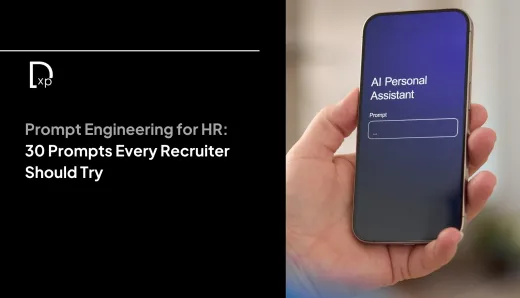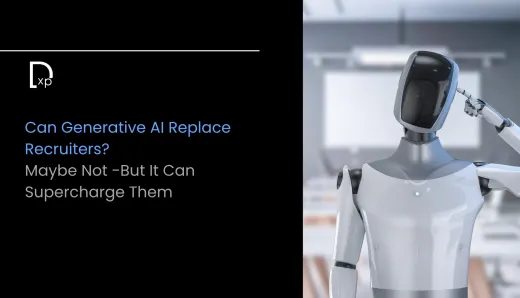Prompt Engineering: The New Coding Skill for the AI Era

In the rapidly changing world of artificial intelligence, one skill has emerged that few saw coming. It's not traditional programming or algorithm design. It’s something deceptively simple, asking the right question. This is prompt engineering, and it's quickly becoming as crucial as coding itself in shaping the future of AI.
What Is Prompt Engineering?
Prompt engineering is the craft of designing inputs for large language models to get desired outputs. In theory, it’s just typing a command or question. In practice, it’s much more. A prompt acts like a steering wheel, guiding a powerful model like GPT-4 or Claude toward a specific result. The better the prompt, the better the response. A vague or poorly worded prompt can lead to irrelevant, confusing, or even dangerous results.
At its core, prompt engineering is about clarity, context, and control. It’s not only about asking questions, but about setting the tone, format, and expectations for the answer. And this isn’t limited to writing. Prompts can direct code generation, visual content creation, data analysis, and more.
Why Prompt Engineering Matters
Large language models are trained on massive datasets and can generate incredibly complex and nuanced responses. But these models don’t actually “understand” in a human sense. They generate based on probability. This means how you phrase your input has a direct impact on what the model gives back.
Consider this: asking “Tell me about India’s economy” and “Summarize the challenges India faces in balancing growth and inflation” will yield very different responses. The latter is more precise, and the model is more likely to generate a focused, relevant answer.
This makes prompt engineering a critical tool. It acts as the interface between human intent and machine response. In fields like journalism, medicine, law, and education, the right prompt can save hours of work. Inaccurate prompts, on the other hand, can lead to misinformation or misinterpretation.
The Skill Behind the Simplicity
On the surface, prompt engineering looks easy. But crafting effective prompts requires a deep understanding of language models. You need to know how these systems “think” and predict. You must understand tone, syntax, even punctuation. A misplaced comma or vague verb can derail the output.
Experts in prompt engineering often test dozens of iterations before landing on the version that works best. They consider model temperature (which controls randomness), token limits, and structural cues. Some prompts are a single line. Others stretch into complex, multi-step instructions with examples, context, and constraints.
It’s a mix of linguistic precision, creative thinking, and technical fluency. In that sense, it resembles coding, only the language is natural rather than machine.
Real-World Applications
The value of prompt engineering is already visible in product design, marketing, customer service, and research. AI tools like ChatGPT, Claude, Gemini, and Copilot rely on prompt quality to function effectively. Businesses are hiring prompt engineers to design workflows that use these models to generate content, solve problems, or automate tasks.
In software development, for example, prompt engineering enables natural-language coding. Developers can describe what they want, and the model writes the code. But the instructions need to be specific. One wrong phrase can result in faulty logic or security risks.
In journalism, prompt engineering helps generate article drafts, headlines, summaries, and even fact-checks. It speeds up the editorial process without replacing human judgment. And in education, it powers personalized tutoring, adaptive quizzes, and curriculum planning.
Democratizing AI Access
Prompt engineering also plays a deeper role, it democratizes AI. You no longer need a computer science degree to harness powerful models. With the right prompts, anyone can generate high-quality content, conduct research, or analyze data. That’s a huge shift. It lowers the barrier to entry and widens participation in the digital economy.
But this also raises questions. Who teaches prompt engineering? Who decides what a good prompt is? Should it be part of school curriculums? These are not just technical issues, but social ones. The skill is new, but its implications are far-reaching.
The Future of Prompting
As models evolve, prompting will too. We’re moving from basic inputs to meta-prompting, designing systems that write and evaluate prompts automatically. There’s also growing interest in chain-of-thought prompting, which walks the model through a reasoning process step by step. These advances aim to make outputs more reliable, especially for complex tasks like medical diagnoses or legal analysis.
But even as automation grows, the human role in prompting remains central. Language models reflect us. The way we prompt them is a reflection of our values, goals, and clarity of thought.
In the AI era, how we speak to machines will shape how they speak to us.




